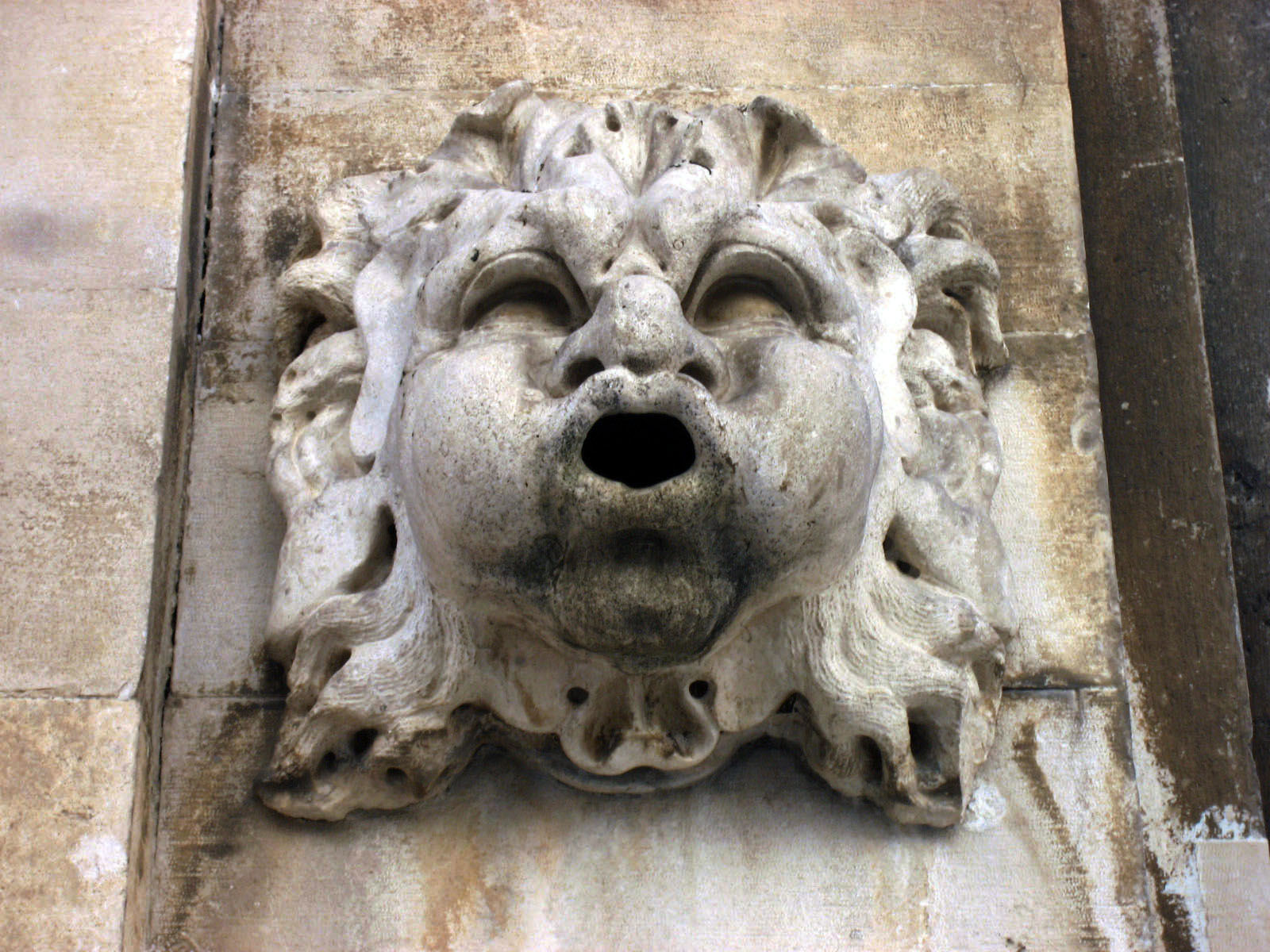 I don’t know why I used to think Vienna was a stuffy, pompous city. I don’t know if it’s me or if the city changed, but it sure is wonderful here. It’s a grand 19th century city with a very modern 21st century approach to life.
I don’t know why I used to think Vienna was a stuffy, pompous city. I don’t know if it’s me or if the city changed, but it sure is wonderful here. It’s a grand 19th century city with a very modern 21st century approach to life.
The CAT (city airport train) at the airport is very easy to find and at €9 per person, it’s very affordable. It’s an easy 16 minute ride on a brand new train. Actually it takes about 26 minutes because the train sits at the station for 10 minutes. Our hotel is a 10 minute walk from the central station, but when the hotel representative tells you how far things are, you have to always double it.
We love the DO & CO hotel. It’s one of the best hotels we’ve ever stayed in. I’m not sure if the primary DO&CO business is airline catering, international event catering, restaurants and bars or hotels. The only hotel of theirs we know of is in Vienna, but they told us new hotels are coming to London, Istanbul, Barcelona, New York, Milan and a few other places, but we’ve never seen them anywhere else, just Vienna. At any rate, we’re big fans.
Vienna was the glorious capital of the 19th century Austro-Hungarian Empire and the glorious Hapsburg family who gave birth to royals like rabbits. Their Royal Derrieres graced the thrones of Germany, Austria, Bohemia, Hungary, Croatia, Spain, Portugal, Galizia and Lodomeria, Transylvania, England, France, Tuscany, Parma, Modena, Tyrol, Carinthia, and Mexico, and maybe a few more. They were a veritable monarchy machine.
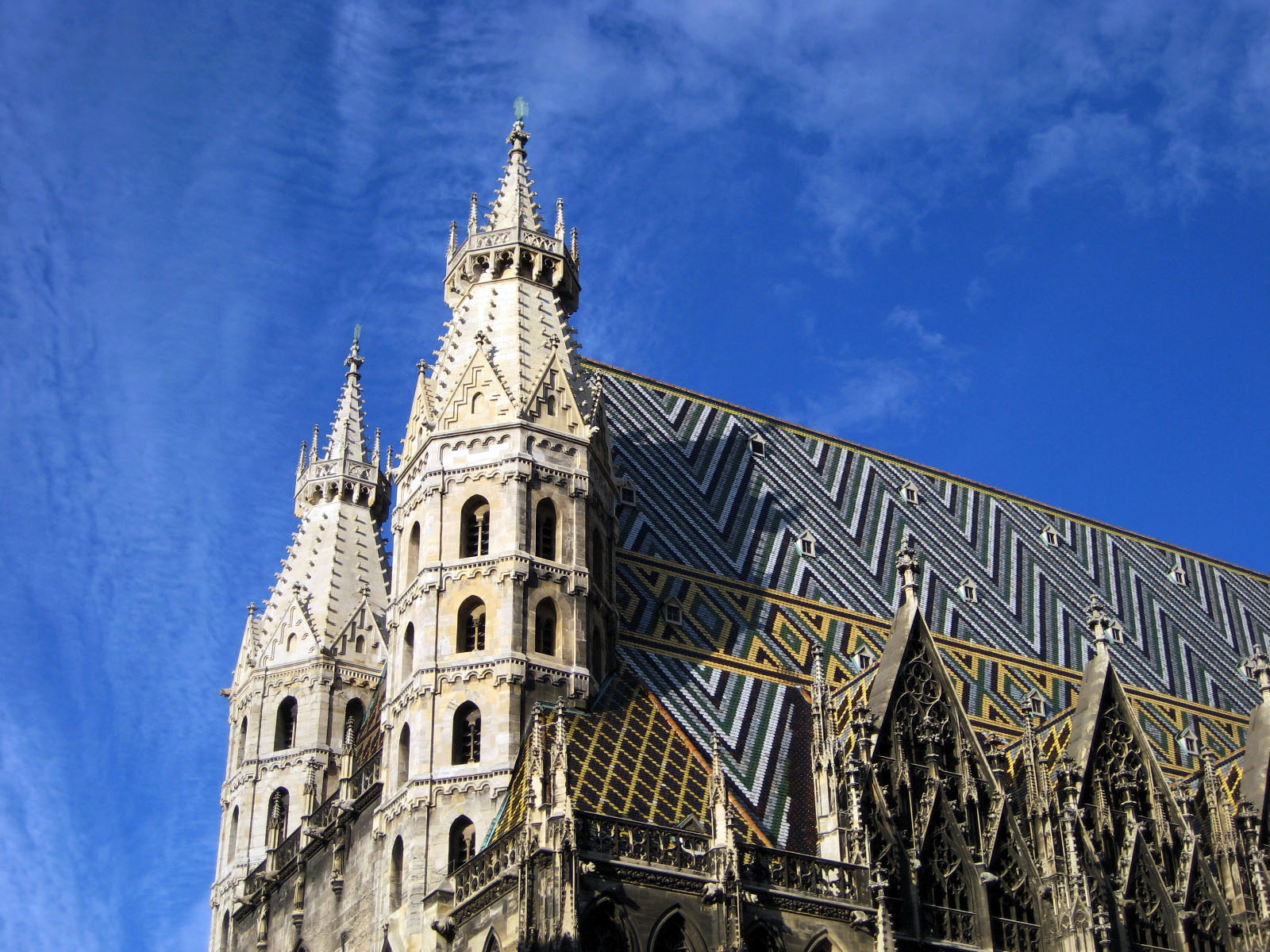 Our room looks out over St Stephen’s Cathedral, the 12th century church that has become the symbol of Vienna. And what a hotel room it is; a shower with a view, a fully stocked bar, a gigantic Bang and Olufsen LCD TV, free 24hr WIFI internet and a really comfortable bed. I know we got a good package price but when I think of how much we paid for the small 18 square meters in Moscow, this place is palatial.
Our room looks out over St Stephen’s Cathedral, the 12th century church that has become the symbol of Vienna. And what a hotel room it is; a shower with a view, a fully stocked bar, a gigantic Bang and Olufsen LCD TV, free 24hr WIFI internet and a really comfortable bed. I know we got a good package price but when I think of how much we paid for the small 18 square meters in Moscow, this place is palatial.
St Stephen’s Cathedral was built over an enormous graveyard with remains dating back to the 4th century. After the plague in 1735, a lot more old bones were moved into the catacombs below the church, now one of the most popular tour tickets in the city. The remains of over 11,000 humans are in the catacombs.
We wake up every morning the bell known as the Pummerin in tower of St Stephens. Pummerin roughly translates to “boomer”.
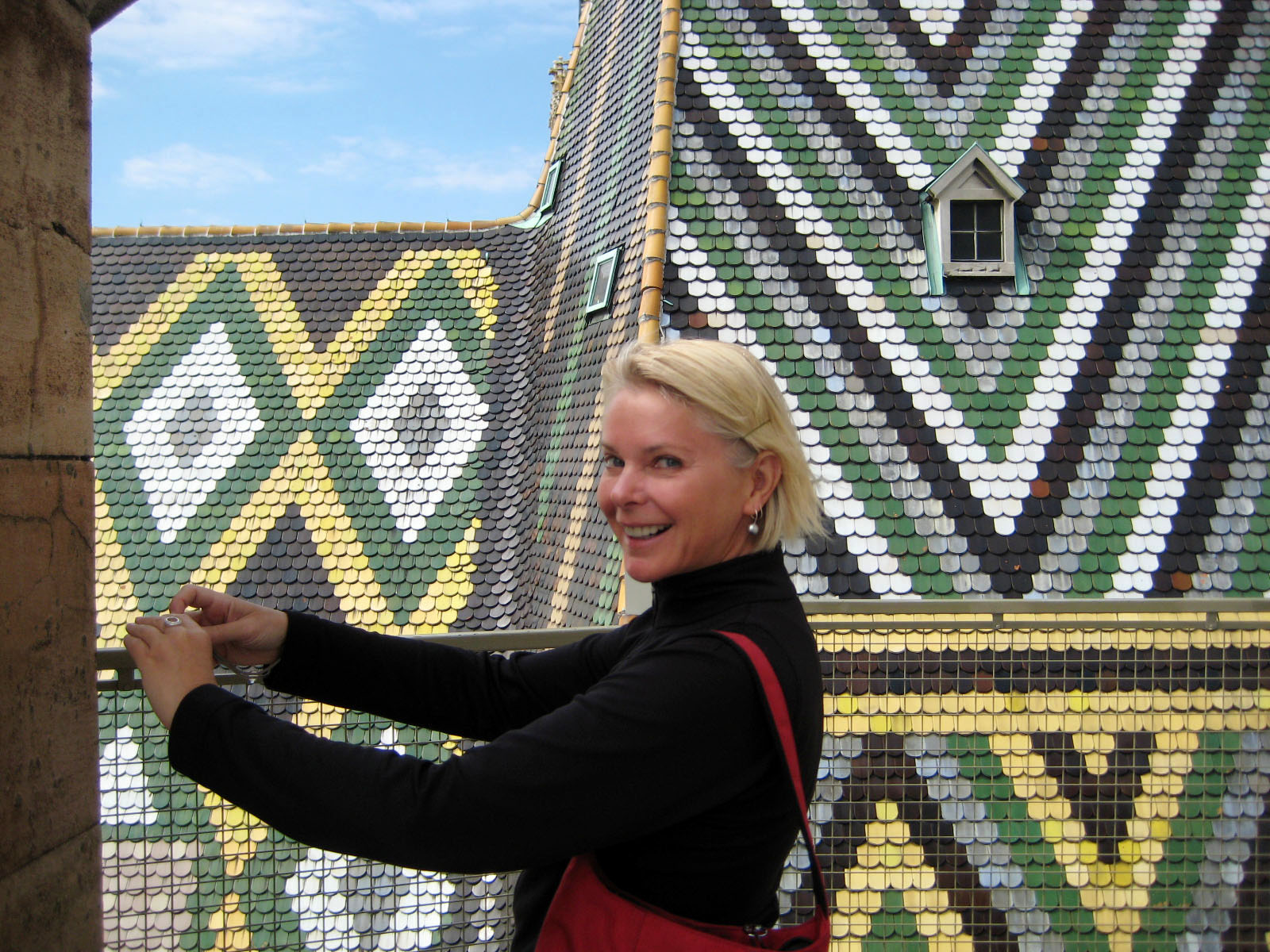 When the Germans retreated from the city towards the end of WWII, Captain Gerhard Klinkicht disregarded orders from the city commandant, Sepp Dietrich, to “fire a hundred shells and leave it in just debris and ashes.” The city was spared the bombing, but on April 12th 1945, starving Vienna citizens began to plunder and burn nearby shops. The fires spread to the St Stephens Church. The damage caused the beautiful colorful glazed tile roof to collapse. The roof was replaced, of course.
When the Germans retreated from the city towards the end of WWII, Captain Gerhard Klinkicht disregarded orders from the city commandant, Sepp Dietrich, to “fire a hundred shells and leave it in just debris and ashes.” The city was spared the bombing, but on April 12th 1945, starving Vienna citizens began to plunder and burn nearby shops. The fires spread to the St Stephens Church. The damage caused the beautiful colorful glazed tile roof to collapse. The roof was replaced, of course.
This is the city of Wofgang Amadeus Mozart (who by the way, was married St Stephens Cathedral). In 1990 I made the pilgrimage to the old St Marx cemetery where he was buried. He died a poor man and was buried in an unknown mass grave. It’s ironic how “the curse of being a celebrity” hasn’t changed that much over the years. When your hot, everyone wants a piece of you, but when you’re cold, you either end up in the “who cares” page of the Midnight Star rag sheet or in the St Marx cemetery for poor washed up composers.
There’s a great story about a man walking around the graveyard and stumbled across Mozart sitting in a chair on the site of his grave. On his lap was a pile of papers and it appeared the great composer was erasing music notes from the sheets of music. The man walked up to him and asked “Herr Mozart, what are you doing?” Mozart looked back and replied “Decomposing”.
In 1855 a monumental gravestone was erected where someone thought Mozart’s poor remains might have been deposited. It was just a monument with nothing below it, so when the city decided he was once again good for business, they moved the monument to The Zentralfriedhof cemetery. This is where all the “hoity-toity” are resting, Beethoven, Brahms, Salieri, Johann Strauss ( both I and II) and Falco, the Austrian Hip Hop star who’s hits included “Rock me Amadeus”.
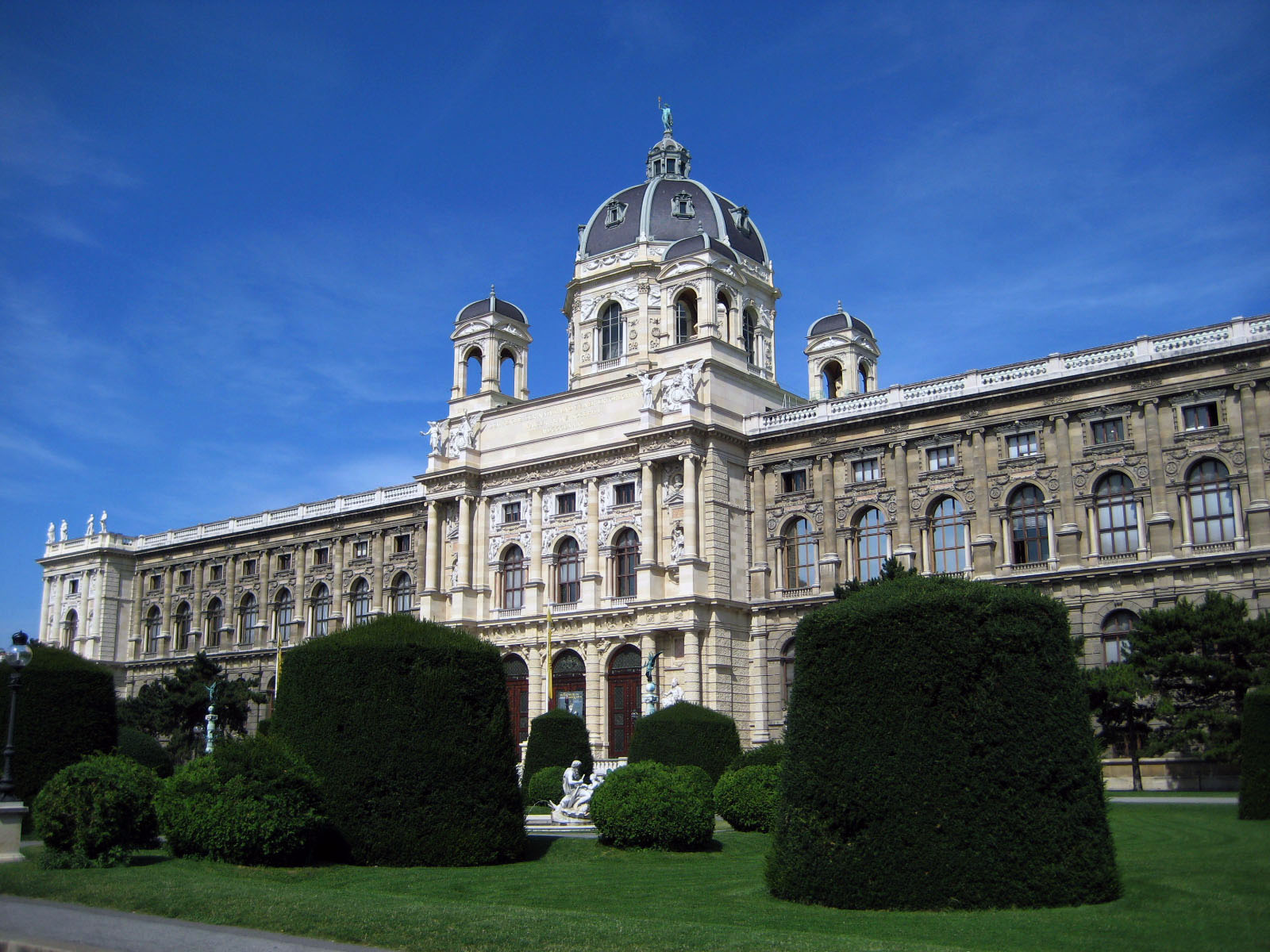 Very close to Stephansplatz (and our hotel) is the Hofburg Palace, the main residence of Hapsburg Emperors. It still houses the offices of the current Austrian President, Heinz Fischer. Original buildings go back to the 15th century but the largest expansion occurred under Emperor Franz Joseph and his wife Elisabeth in the late 1800’s. The Palace grounds are huge, but then what else would you expect from the Emperor of one of the largest empires in known history.
Very close to Stephansplatz (and our hotel) is the Hofburg Palace, the main residence of Hapsburg Emperors. It still houses the offices of the current Austrian President, Heinz Fischer. Original buildings go back to the 15th century but the largest expansion occurred under Emperor Franz Joseph and his wife Elisabeth in the late 1800’s. The Palace grounds are huge, but then what else would you expect from the Emperor of one of the largest empires in known history.
The gift shops of the Hofburg sell revisionist memorabilia commemorating the Empress Elisabeth of Bavaria, the wife of Emperor Franz Joseph.
In the bookstore she’s known as the “The Tragic Empress, Sissy”. There are dolls, coloring books, and charming stories of her love of life and love of her family.
In reality, she was kind of a free spirit and couldn’t deal with the stiff etiquette of the Hapsburg court, kind of like a 19th century Princess Di.
Empress Sissy did produce three children Gisela, Rudolf and Marie Valerie, but she left the rearing of the children to the Royal Staff. Sissy was more interested in her beauty and her weight, sometimes restricting her intake to only raw veal juice. Her waistline never, ever was allowed to exceed 20” (50cm). And unlike the stories in the souvenir shop would like you to believe, she was a Royal Slut, taking many lovers. One of them, George “Bay” Middleton, was the father of Clementine Ogilvy Hozier, who later became Mrs. Winston Churchill. Clementine’s mother, Lady (Henrietta) Blanche Ogilvy was married to Colonel Henry Hozier while she was having the affair with Middleton.
On September 10, 1898, in Geneva, Switzerland, at age 60, Elisabeth (Sissy) was stabbed to death with a needle file by a young anarchist named Luigi Lucheni. Bleeding to death from the puncture wound to the heart, Sissy’s last words were “What happened to me?” Her assassin hoped to kill a prince from the House of Orléans, but failing to find him, he turned on Elisabeth instead. As Lucheni said later on, “I wanted to kill a royal. It did not matter which one.”
Even though the Emperor Franz Joseph had his own mistress, an actress named Katharina Schratt, he was said to have never recovered from the loss of his beloved Sissy.
Emperor Franz Joesph (who ruled the Austro-Hungarian empire for 68 years) died in 1916 at age 86. He helped bring the world to the first World War, but never got to see the outcome. Most of the photos of him show him wearing his muttonchop facial hair and his Royal uniform with a high collar concealing his neck.
The uniform actually saved his life once when in 1853, Hungarian nationalist Janos Libenyi stabbed him in the neck with a knife. The metal collar repelled the knife.
These days Emperor Franz Joseph, Sissy and their son Rudolf, who killed his mistress and then himself in 1889, are resting in The Kaisergruft (Imperial Vault) along the pedestrian street lined with jewelry and clothing shops leading into the Stephansplatz.
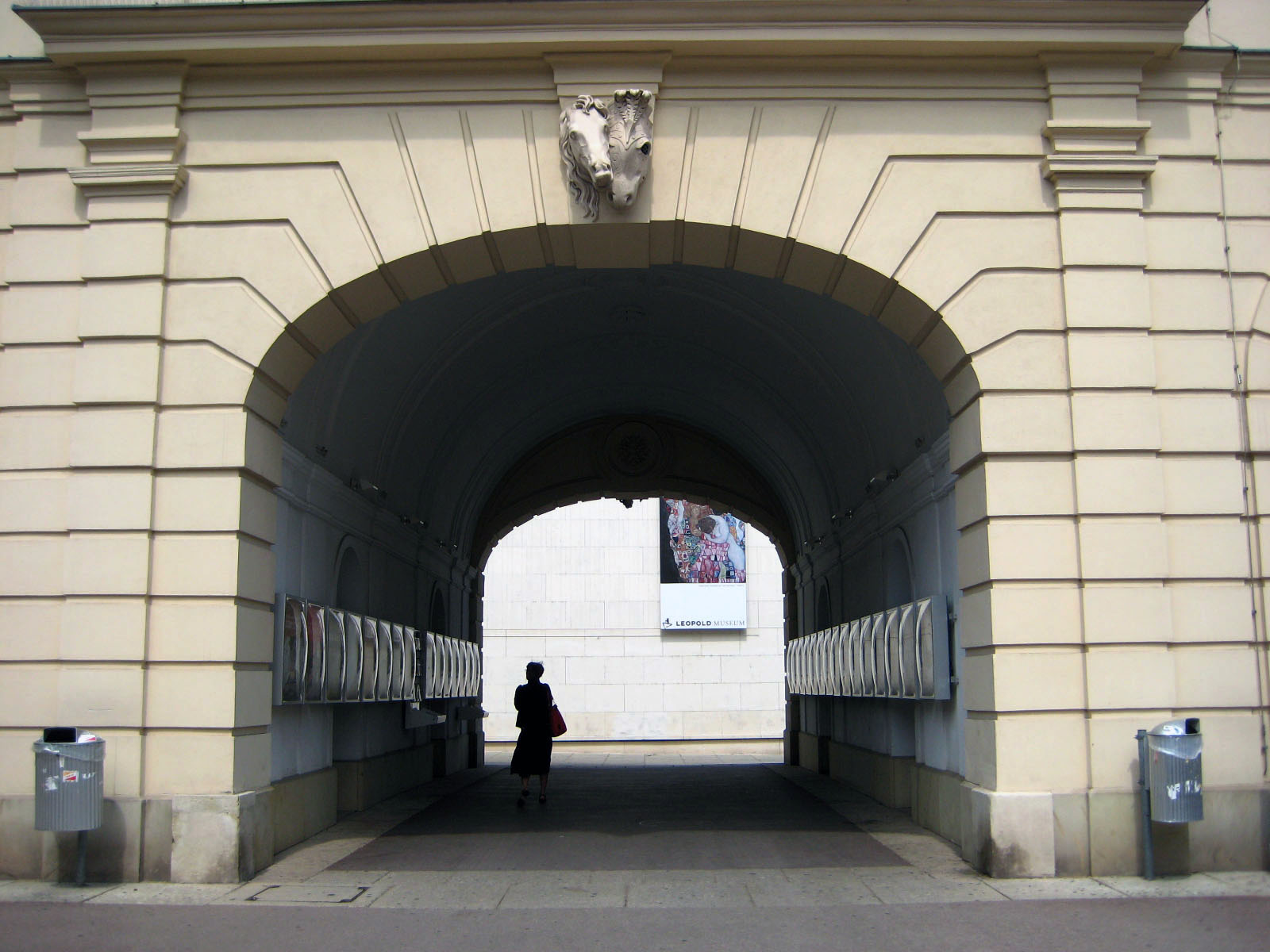 Behind the Hofburg Palace, The new Museum Quarter opened up where the Royal horse stables once occupied a few city blocks.
Behind the Hofburg Palace, The new Museum Quarter opened up where the Royal horse stables once occupied a few city blocks.
The Leopold Museum houses the largest collection of modern Viennese art (Egon Schiele, Gustav Klimt, Oskar Kokoschka and others).
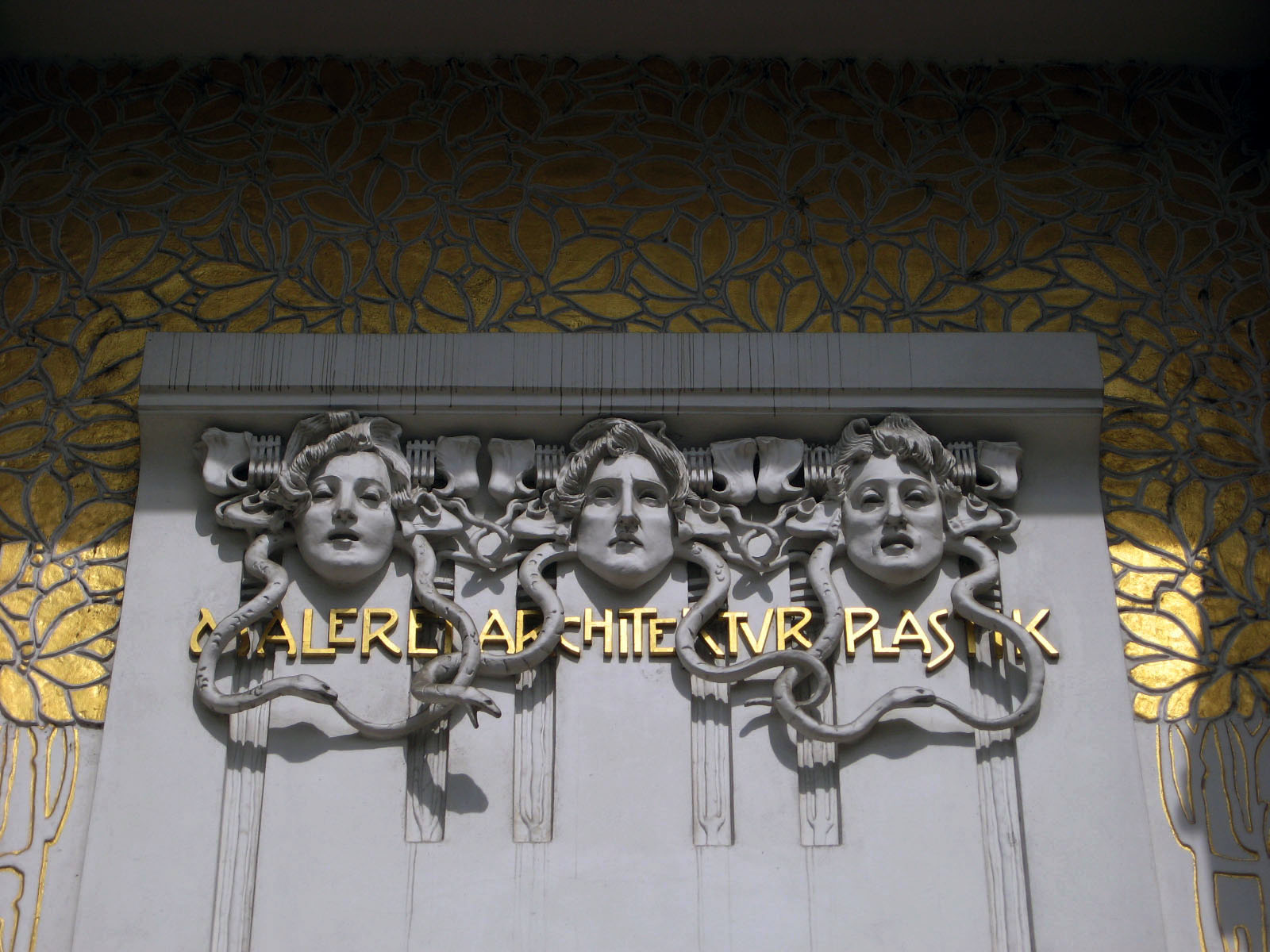 Klimt pieces are all over the city. The Secession Building near the Naschmarkt is home to one of Klimt’s larger pieces, the “Beethoven Frieze”.
Klimt pieces are all over the city. The Secession Building near the Naschmarkt is home to one of Klimt’s larger pieces, the “Beethoven Frieze”.
The building is a piece of art in itself, a windowless cube shape crowned by a gold filigree globe. The museum motto (in gold lettering) on the face of building translates to: “To every Age, it’s art, to Art, it’s Freedom.
There is also a very modern art museum in the Museum Quarter and one of the best Art History museums in Europe, The Kunsthistorisches Museum.
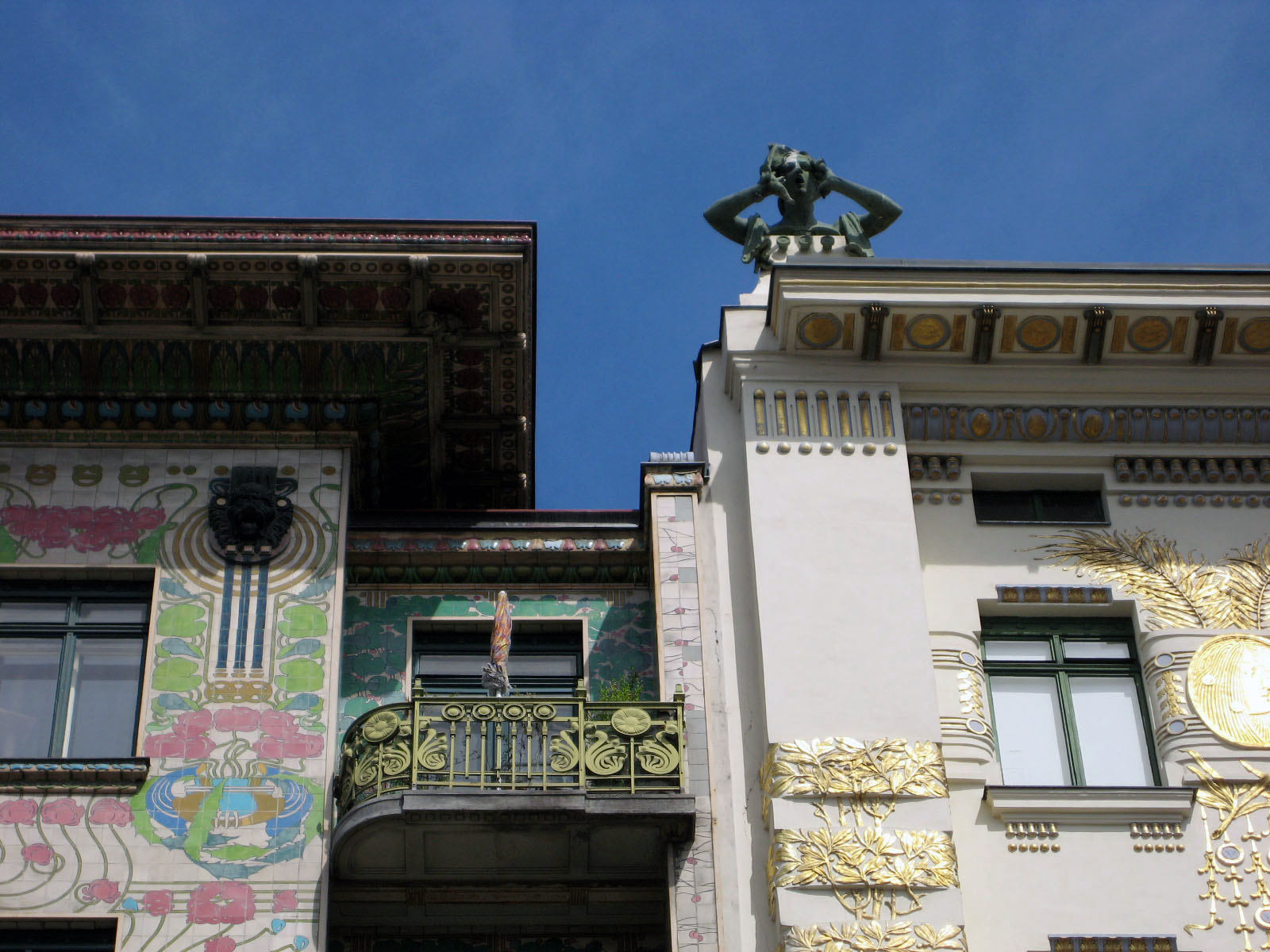 The weather was beautiful while we were in Vienna and although we did visit a few museums, we spent more of our time enjoying the fresh air, the food of the Naschmarkt, the cafes and the wurst kiosks or “sausage wagons” as we like to call them. All this in the shadow of some of best late 19th century architecture in western Europe. My personal favorite )photo right) is the Wagner Apartments, built by Otto Wagner in 1899.
The weather was beautiful while we were in Vienna and although we did visit a few museums, we spent more of our time enjoying the fresh air, the food of the Naschmarkt, the cafes and the wurst kiosks or “sausage wagons” as we like to call them. All this in the shadow of some of best late 19th century architecture in western Europe. My personal favorite )photo right) is the Wagner Apartments, built by Otto Wagner in 1899.
The Viennese claim to have invented filtered coffee. After King Jan Sobieski of Poland ran the Turks out of Vienna in 1683, one Franz Kolschitsky, a Pole and ex-Turkish slave, was given all the sacks of coffee beans left behind. When Kolschitsky was a slave in the service of the Ottomans, they taught him how to prepare the dark brew. In 1684, Kolschitsky opened the first Kaffeehaus in Vienna. The Turks always boiled the coffee grounds in with the water, but Kolschitsky refined the method by pouring water over filtered grounds and adding cream and sugar. And he served it with pastries. It was a sensation. It still is.
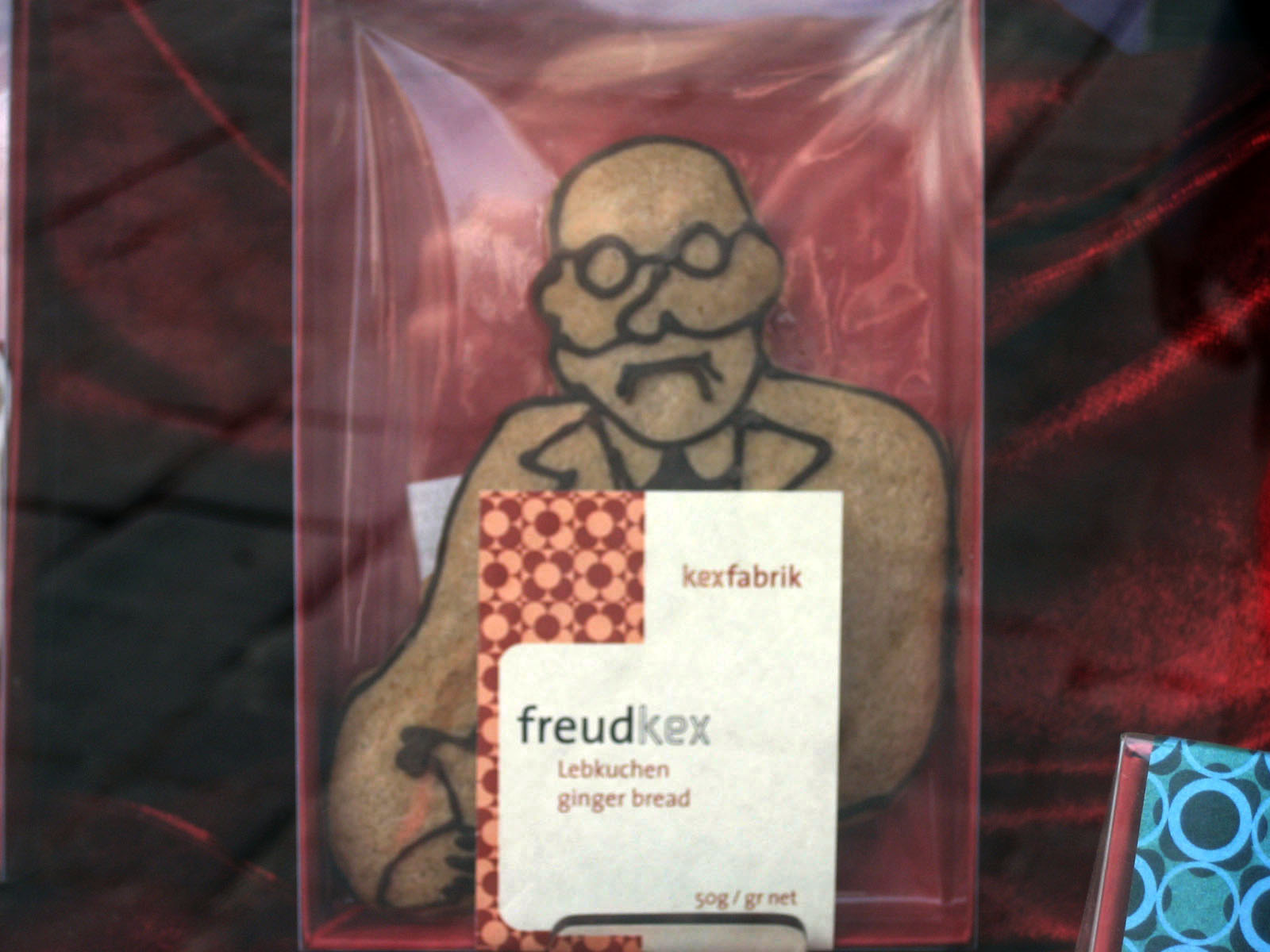 Pastries have always been a big part of Viennese life. Even the pastry gobbling French called their sweet cakes Viennoise after the Austrian pastry makers. This is the birthplace of strudel and sachertorte. Austrian life is surrounded with cakes, chocolates and coffee. The have recently taken to making gingerbread cookies in the likeness of famous local psychiatrist,Sigmund Freud.
Pastries have always been a big part of Viennese life. Even the pastry gobbling French called their sweet cakes Viennoise after the Austrian pastry makers. This is the birthplace of strudel and sachertorte. Austrian life is surrounded with cakes, chocolates and coffee. The have recently taken to making gingerbread cookies in the likeness of famous local psychiatrist,Sigmund Freud.
Vienna is also the home of vienerschnitzel, breaded veal cutlet, although the people from Milan will tell you the Austrians stole their recipe for Costoletta di vitello alla Milanese. They are very similar. When we were here in December 2006, we dined on the vienerschnitzel at a old timey Viennese eater called “Zum Weissen Rauchfangkehrer” (The White Chimneysweep). It was excellent. We tried to go back for another taste, but the Chimneysweep takes the summer off.
And so, our friends at the DO & CO hotel recommended Zum schwarzen Kameel (The Black Camel), a traditional Viennese restaurant founded in 1618 and named after food and spice merchant, Johann Baptiste Kameel. And now I can honestly say, the Black Camel is hands down the best authentic vienerschnitzel in all of Vienna, maybe anywhere.
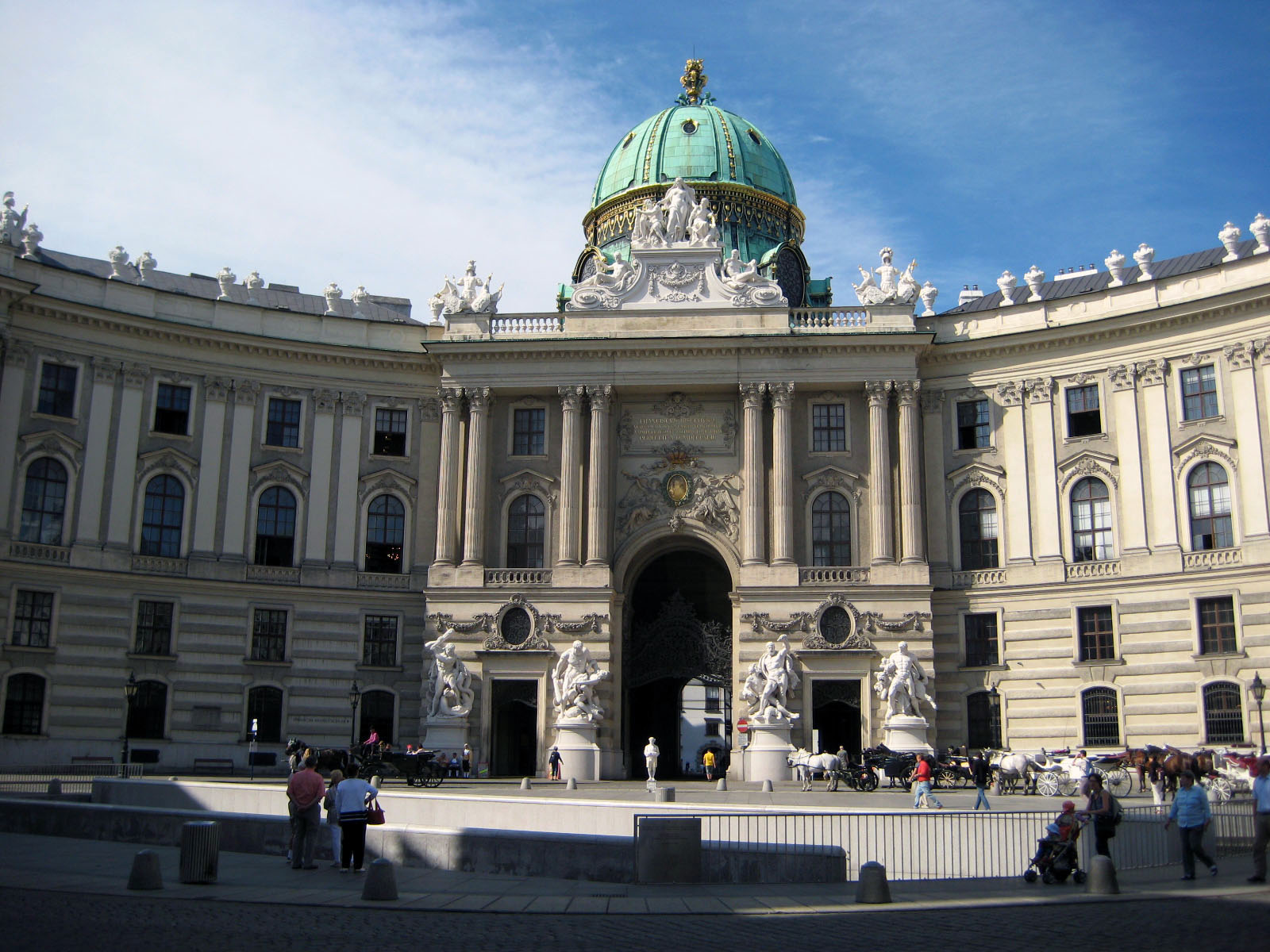
You must be logged in to post a comment.